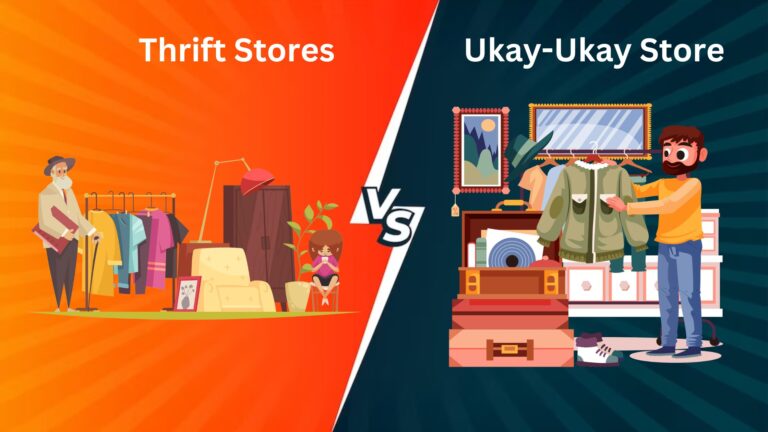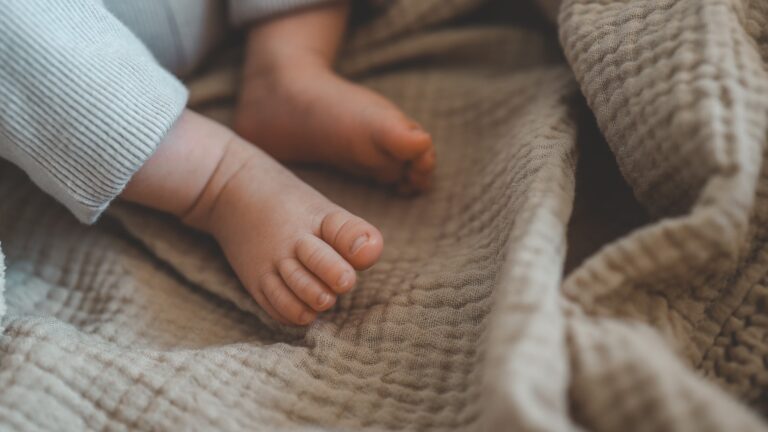Safety First: A Comprehensive Guide to Construction Safety
In the dynamic world of construction, safety isn’t just a priority—it’s a non-negotiable cornerstone.
“Safety First: A Comprehensive Guide to Construction Safety” is an invaluable resource for industry professionals, offering a detailed roadmap to creating and maintaining a secure work environment.
From towering skyscrapers to intricate infrastructure projects, this guide encompasses a wide array of safety practices tailored specifically for the construction sector.
In the bustling world of construction, safety stands as the cornerstone of every successful project. From towering skyscrapers to intricate bridges, the safety of workers and the integrity of structures rely on stringent safety measures. This article delves into the critical aspects of construction safety, highlighting the best practices and protocols that ensure a secure workplace environment.
What is Construction Safety?
Construction safety refers to the set of practices, protocols, and measures put in place to protect the well-being of individuals working on construction sites. It encompasses a range of strategies aimed at preventing accidents, injuries, and fatalities during the construction process. These measures include risk assessments, proper training, the use of safety equipment, and adherence to regulatory guidelines. Construction safety is of paramount importance in the industry as it not only preserves human lives but also ensures legal compliance and enhances overall productivity on construction sites.
Importance of Construction Safety
Construction safety holds paramount importance in the construction industry for several critical reasons:
- Preserving Human Lives: The most fundamental aspect of construction safety is the protection of human lives. Construction sites are inherently hazardous environments with various potential risks and dangers. By implementing rigorous safety measures, the likelihood of accidents, injuries, and fatalities is significantly reduced.
- Legal Compliance: Regulatory bodies and government agencies enforce strict safety standards for construction projects. Adhering to these guidelines is not only a legal requirement but also essential for avoiding penalties, fines, and legal complications. It fosters a culture of responsibility and accountability within the industry.
- Enhancing Productivity: A safe working environment directly contributes to increased productivity. When workers feel secure and confident in their surroundings, they can focus more effectively on their tasks. This leads to efficient project completion, reduced downtime due to accidents, and ultimately, cost-effectiveness.
- Maintaining Reputation and Credibility: A history of accidents or safety violations can tarnish a company’s reputation. Clients, stakeholders, and potential partners are more likely to collaborate with organizations that prioritize safety. It demonstrates professionalism, reliability, and a commitment to the well-being of workers.
- Reducing Financial Losses: Accidents and injuries result in direct financial losses for construction companies. Medical expenses, compensation claims, and potential legal fees can be substantial. Additionally, accidents often lead to project delays, which can incur further costs.
- Attracting Skilled Workers: Skilled labor is a valuable asset in the construction industry. Experienced workers are more likely to seek employment with companies that prioritize their safety. A reputation for a safe work environment can help attract and retain top talent.
- Minimizing Disruption to Communities: Construction projects are often situated in or near residential areas. Safety measures help minimize disruptions to the surrounding community. This includes noise reduction, dust control, and the prevention of accidents that could impact nearby residents.
- Protecting the Environment: Construction safety extends beyond the well-being of workers. It also encompasses environmental protection. Proper handling and disposal of hazardous materials, as well as the prevention of accidents that could lead to environmental harm, are essential components of construction safety.
Construction safety is not just a legal obligation but a moral imperative. It safeguards the lives and well-being of workers, ensures compliance with regulatory standards, enhances productivity, and ultimately contributes to the overall success and reputation of construction projects.
Top 10 Construction Safety Risks
Construction sites are dynamic environments, and they come with their own set of risks. Here are the top 10 construction safety risks that workers and management need to be aware of:
- Falls from Heights: Working at elevated levels without proper fall protection measures in place can lead to severe injuries or fatalities.
- Electrical Hazards: Contact with live wires, faulty equipment, or improper use of electrical tools can result in electric shock or burns.
- Struck by Objects: Falling objects, swinging equipment, or vehicles colliding with workers can cause severe injuries.
- Caught In/Between Hazards: Workers can get caught in or between equipment, machinery, or collapsing structures, leading to crushing injuries or suffocation.
- Unsafe Scaffolding and Ladder Use: Improperly erected or unstable scaffolding, as well as incorrect use of ladders, poses significant risks.
- Hazardous Materials Exposure: Improper handling or insufficient protection when working with hazardous materials can lead to health issues and environmental damage.
- Collapse of Trenches or Excavations: Inadequate shoring or shielding of trenches and excavations can lead to collapses, burying workers underneath.
- Equipment Accidents: Mishaps involving heavy machinery, such as cranes, bulldozers, or forklifts, can result in severe injuries or fatalities.
- Inadequate Personal Protective Equipment (PPE): Failure to wear or provide the necessary protective gear, like helmets, gloves, or safety vests, increases the risk of injury.
- Fire Hazards: Construction sites often involve flammable materials, welding activities, and electrical systems, making them susceptible to fires.
Being aware of these risks and implementing strict safety protocols, including regular training, the use of personal protective equipment, and conducting thorough risk assessments, is crucial for maintaining a safe work environment on construction sites.
The Importance of Construction Safety
1. Preserving Human Lives
Safety in construction is not merely a legal requirement, but a moral obligation. Every worker deserves to return home unharmed after a day’s work. Implementing robust safety measures reduces the likelihood of accidents and fatalities.
2. Legal Compliance
Regulatory bodies mandate strict safety standards for construction sites. Adhering to these guidelines not only prevents legal complications but also fosters a culture of responsibility within the industry.
3. Enhancing Productivity
A safe workplace promotes efficiency. When workers feel secure, they are more focused and productive, leading to timely project completion and cost-effectiveness.
Critical Components of Construction Safety
4. Comprehensive Risk Assessment
Before breaking ground, a thorough risk assessment is imperative. Identifying potential hazards and formulating mitigation strategies is the first step toward a secure work environment.
5. Proper Training and Education
Equipping workers with the necessary skills and knowledge about safety protocols is paramount. Regular training sessions ensure that everyone on site is aware of best practices.
6. Safety Equipment and Gear
Providing adequate personal protective equipment (PPE) is non-negotiable. Helmets, harnesses, gloves, and high-visibility clothing are just a few examples of essential safety gear.
7. Regular Maintenance of Tools and Equipment
Well-maintained tools and machinery are less likely to malfunction, reducing the risk of accidents. Scheduled inspections and repairs should be part of standard operating procedures.
Safety Measures at Height
8. Fall Protection Systems
For tasks at elevated heights, fall protection systems like guardrails, safety nets, and harnesses are crucial. These systems act as a safety net, preventing tragic falls.
9. Scaffolding Safety
Properly erected and inspected scaffolding is a cornerstone of construction safety. Regular checks ensure that it remains structurally sound.
10. Safe Use of Ladders
Ladders are standard tools on construction sites, but they can pose significant risks if not used correctly. Training on ladder safety is essential.
Hazardous Material Management
11. Proper Handling and Storage
Construction often involves the use of hazardous materials. Understanding the correct handling and storage procedures is vital in preventing accidents and environmental harm.
12. Waste Disposal Protocols
Disposing of construction waste, including hazardous materials, must be done in compliance with local regulations. Improper disposal can have severe consequences.
Conclusion
Prioritizing construction safety is not just a legal obligation but a moral imperative. It safeguards the lives of workers, ensures legal compliance, and enhances overall productivity. By implementing comprehensive risk assessments, providing proper training, and maintaining safety equipment, the construction industry can create a secure working environment for all.
Frequently Asked Questions
1. Why is construction safety so important?
Construction safety is crucial because it preserves human lives, ensures legal compliance, and enhances productivity. It is a moral obligation for every construction project.
2. How can I ensure that my construction site is safe?
To ensure a safe construction site, conduct a thorough risk assessment, provide proper training, supply necessary safety equipment, and regularly maintain tools and machinery.
3. What are some common hazards on construction sites?
Common hazards on construction sites include falls from heights, electrical hazards, collapsing scaffolding, and mishandling of hazardous materials.
4. What role do regulations play in construction safety?
Regulations set by governmental bodies outline the minimum safety standards that must be followed on construction sites. Adhering to these regulations is mandatory and helps create a culture of responsibility.
5. How often should safety training be conducted?
Safety training should be conducted regularly, especially for new hires or when new equipment or procedures are introduced. Ongoing training helps reinforce safety practices and keep workers informed about potential risks.







